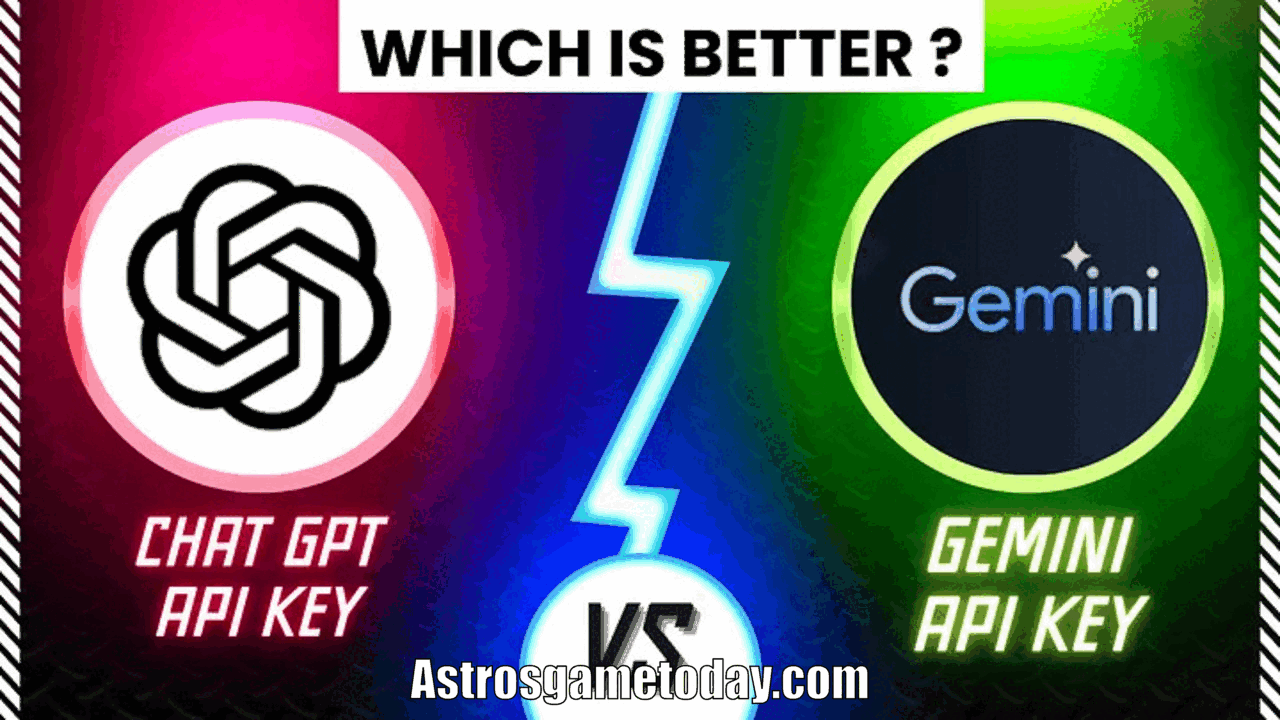In the realm of artificial intelligence, the integration of different APIs is crucial for developing sophisticated applications. One interesting topic is Gemini api 如何模拟 ChatGPT 的tool_choice 功能. This article will explore how the Gemini API can effectively mimic the tool selection functionality of ChatGPT, allowing developers to enhance their applications and user interactions.
Understanding the Basics: What is Gemini API?
Gemini API is a powerful tool developed by Google that aims to provide developers with robust capabilities to create conversational agents. Like ChatGPT, it processes natural language but offers unique advantages in integrating various tools and resources. Its modular design allows developers to customize the API according to their specific needs, which is crucial when simulating complex functionalities such as tool selection.
Overview of ChatGPT’s Tool Choice Functionality
ChatGPT’s tool choice functionality enables it to select the most appropriate tool or resource based on the conversation’s context. For instance, ChatGPT can identify and invoke relevant tools (like search engines, calculators, or databases) to deliver accurate responses when a user poses a complex question. This capability relies heavily on advanced natural language processing (NLP) techniques and the integration of machine learning models.
How gemini api 如何模拟 chatgpt 的tool_choice 功能
To effectively discuss Gemini api 如何模拟 ChatGPT 的tool_choice 功能, we need to break down the process into manageable steps:
Define Goals and Scenarios
The first step is to define the application’s goals. Developers must consider the context in which they want to implement the tool choice functionality. For example, if the application is designed for educational purposes, developers should identify which tools can best assist in answering students’ queries.
Design Modular Tools
Gemini API allows developers to create various independent tool modules. Each module can focus on specific tasks, such as:
- Information Retrieval Module: This module can fetch the latest information from databases or the internet.
- Calculation Module: This can perform mathematical calculations or logical reasoning.
- Natural Language Processing Module: This module can parse user inputs and identify intents.
Developers can effectively simulate ChatGPT’s tool choice functionality by designing these modular tools.
Context Understanding and Intent Recognition
The Gemini API must possess vital context understanding and intent recognition capabilities to simulate the tool choice functionality. Here’s how this can be achieved:
- Text Preprocessing involves tokenizing user input, removing stop words, and extracting critical information.
- Intent Recognition Model: Developers can use machine learning models, such as BERT or similar NLP architectures, to train the system to recognize user intents.
- Context Management: Maintaining conversation context is essential for providing consistent and coherent responses in subsequent interactions.
Tool Selection Mechanism
Once the user intent is understood, the next step is to implement a tool selection mechanism. This mechanism can be broken down into the following key elements:
- Rule-Based Logic: Establish rules that guide which tool to select based on specific keywords or phrases detected in the user’s input.
- Confidence Scoring: Each tool can be assigned a confidence score based on its relevance to the identified intent. The tool with the highest score is chosen for execution.
- Feedback Loop: Incorporate user feedback to improve the accuracy of the tool selection process continually. Developers can refine their approach by analyzing which tools provide the best responses.
Integration of Tools and APIs
The next step in Gemini api 如何模拟 ChatGPT 的tool_choice 功能 involves the seamless integration of various tools and APIs. Here’s how this can be accomplished:
- RESTful Services: Design each tool as a RESTful service that the Gemini API can call. This allows for easy integration and scalability.
- Asynchronous Processing: Implement asynchronous processing for tool execution to ensure the application remains responsive. This is particularly important for tasks that may take longer, such as data retrieval from external databases.
- Error Handling: Develop robust error-handling mechanisms to manage any issues that may arise during tool execution, ensuring a smooth user experience.
User Experience and Interface Design
The user experience (UX) is critical when simulating tool choice functionality. Users’ interaction with the application can significantly influence their satisfaction and engagement levels. Consider the following aspects:
- Intuitive Design: Ensure the interface is user-friendly, allowing users to understand how to engage with the system quickly.
- Precise Feedback Mechanisms: Provide users explicit feedback on tool selections and actions. This can include loading indicators or brief descriptions of the tools being used.
- Interactive Elements: Incorporate interactive elements such as buttons or quick replies that guide users in formulating their queries, improving the tool choice experience.
Example Scenario: Educational Application
Let’s consider a practical example of how Gemini api 如何模拟 ChatGPT 的tool_choice 功能 can be applied in an educational context. Imagine an application designed to assist students with homework queries.
Step 1: User Query
A student types, “Can you help me solve this math problem? What is the square root of 144?”
Step 2: Intent Recognition
The system processes the input and identifies the intent as a mathematical calculation, explicitly seeking a numerical answer.
Step 3: Tool Selection
The system selects the Calculation Module as the most appropriate tool based on the identified intent.
Step 4: Execution
The Calculation Module processes the query and returns the result: “The square root of 144 is 12.”
Step 5: User Feedback
The application presents the answer and offers additional assistance, asking, “Would you like help with another problem?”
Challenges in Simulation
While implementing Gemini api 如何模拟 ChatGPT 的tool_choice 功能 can significantly enhance user interaction, there are challenges to consider:
- Complexity of User Queries: Users may phrase questions in numerous ways, making it difficult for the system to recognize intents consistently.
- Tool Limitations: Each tool has its capabilities and limitations. Ensuring that the right tool is selected for complex queries requires ongoing refinement of the intent recognition models.
- Performance and Scalability: Maintaining performance and scalability can be challenging as the number of tools and user interactions grows.
Future Directions
As AI technology evolves, the capabilities of the Gemini API will likely expand. Here are some potential future directions:
- Enhanced Machine Learning Models: Continued advancements in machine learning can lead to more accurate intent recognition and context understanding.
- Increased Integration of External APIs: The ability to integrate even more external APIs will provide users with a richer set of tools to choose from.
- Adaptive Learning: Implementing adaptive learning mechanisms can enable the system to learn from user interactions, improving its responses and tool selections over time.
Conclusion
In summary, Gemini api 如何模拟 ChatGPT 的tool_choice 功能 presents an exciting opportunity for developers to create more sophisticated and responsive applications. By leveraging modular tools, context understanding, and effective user interface design, the Gemini API can effectively mimic the tool selection capabilities of ChatGPT. As technology advances, the potential for enhancing user interactions through intelligent tool choice will only grow, paving the way for innovative applications across various domains.
May Also Read: oneworldcolumns.org/: A Gateway to Understanding Global Issues




